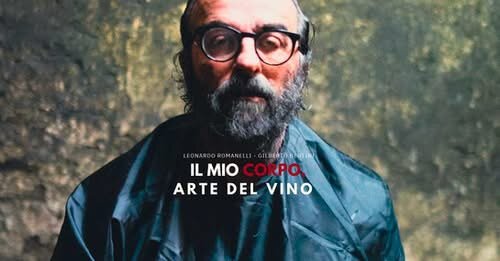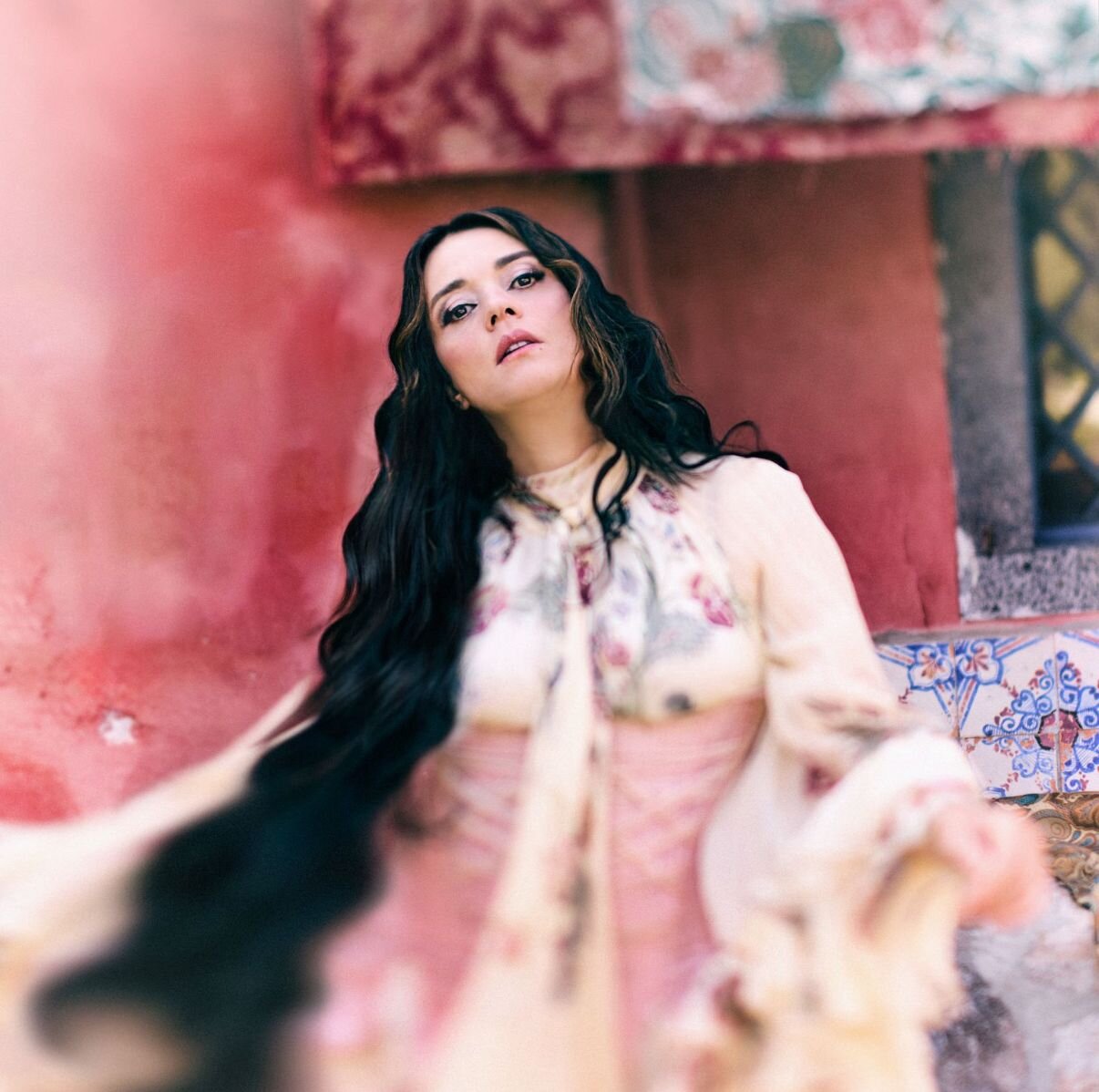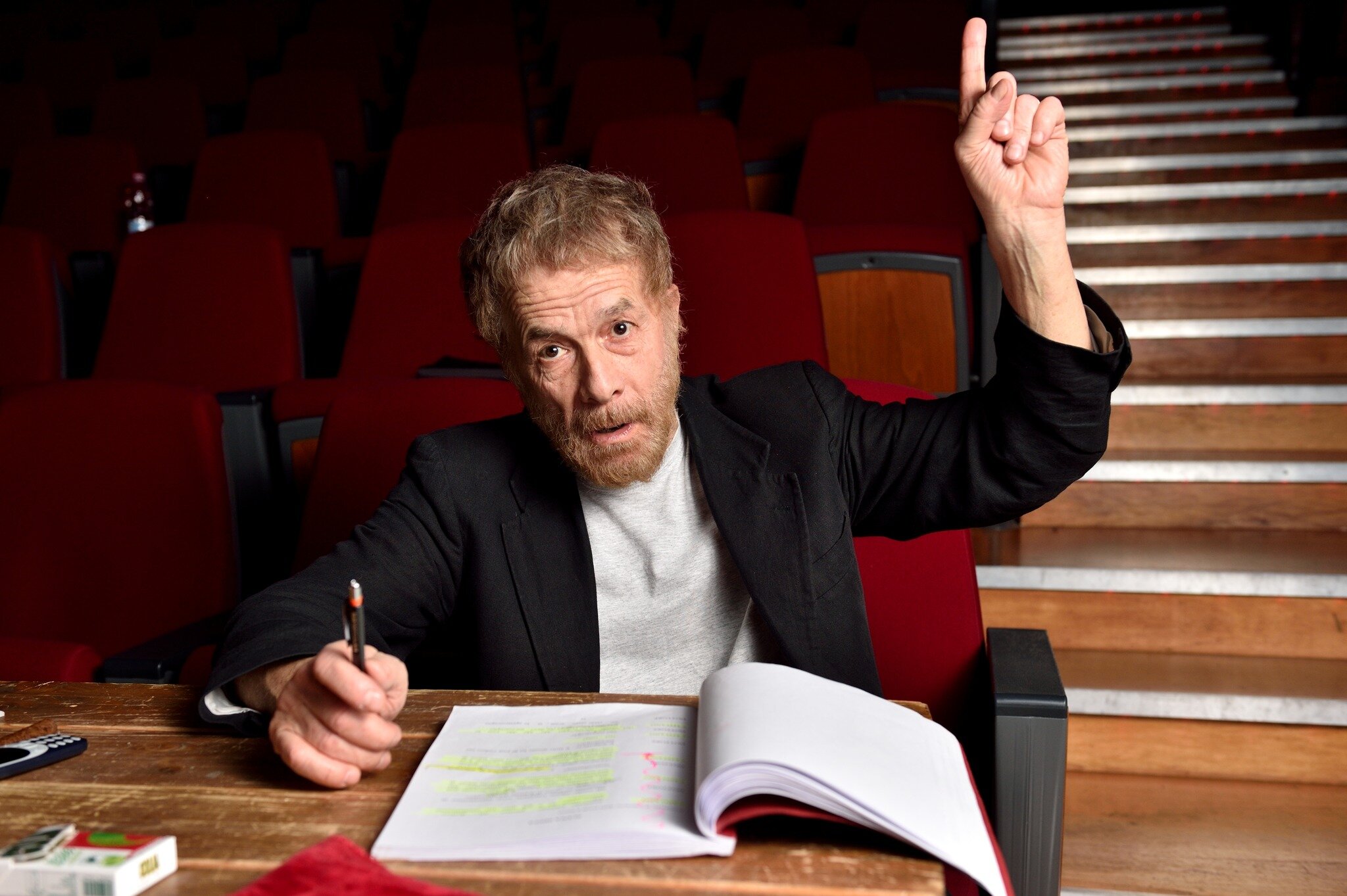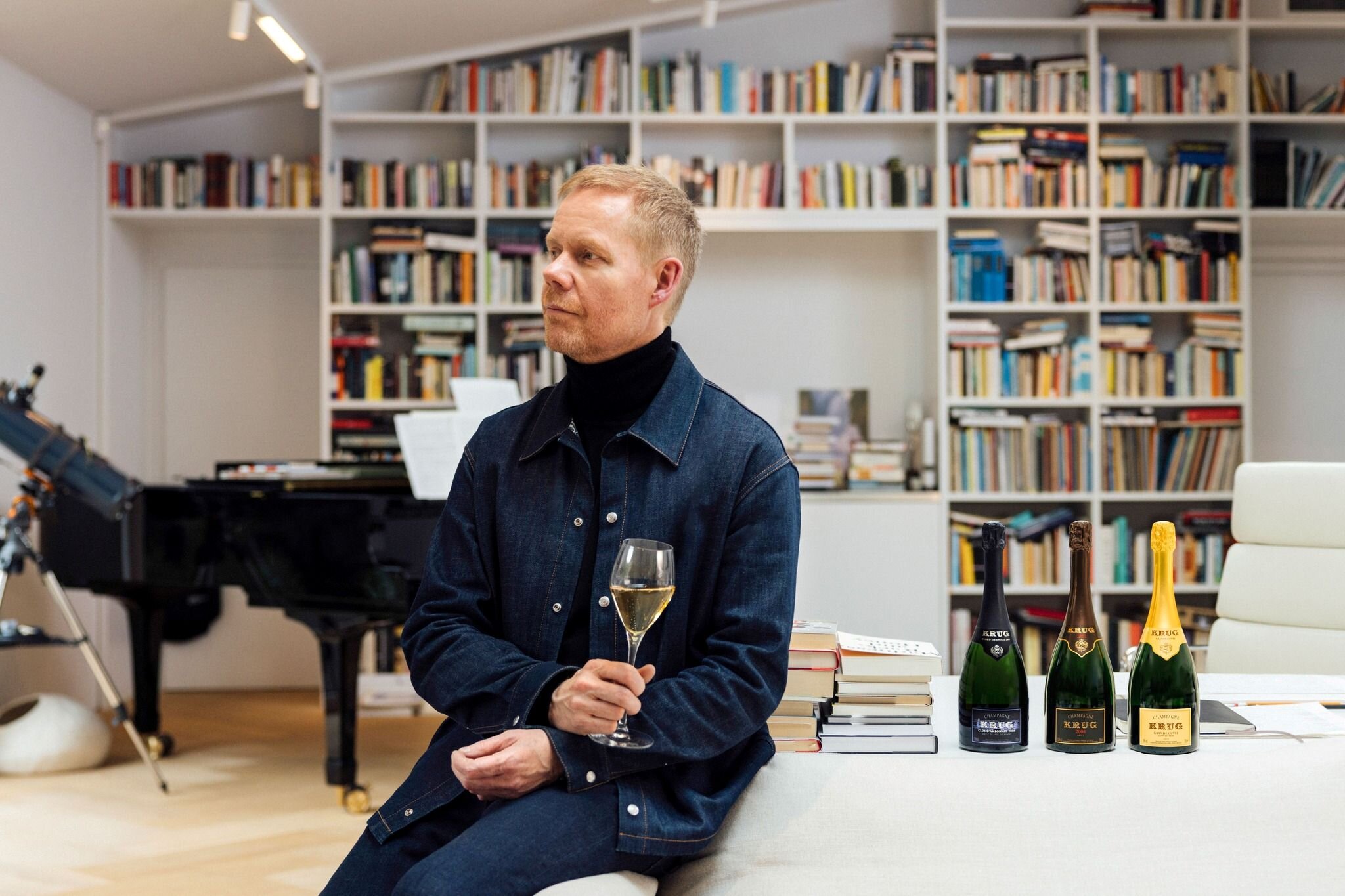
Cosa accade quando la degustazione del vino abbandona le sue liturgie, le parole codificate, le posture da intenditori, e si trasforma in un’esperienza fisica, emotiva, persino onirica? Accade Il Mio Corpo – L’Arte del Vino, cortometraggio firmato da Leonardo Romanelli e Gilberto Bertini, che dopo otto anni di riprese e ricerca visiva sceglie il linguaggio della videoarte per dare forma a una narrazione sensoriale, libera, spiazzante.
Il protagonista – e insieme oggetto d’indagine – è lo stesso Leonardo Romanelli, critico enogastronomico fiorentino che qui decide di rimettere in discussione i codici stessi del suo mestiere. Il corpo del degustatore, normalmente estraneo all’atto della comunicazione enologica, diventa il mezzo espressivo per eccellenza. Gli occhi, il naso, la bocca, la pelle, i piedi: ogni parte è coinvolta in un percorso che non descrive il vino, ma lo vive, lo attraversa, lo subisce, in un viaggio tra delizia e disgusto, materia e visione, piacere e inquietudine.
Corpo, vino, visione: un intreccio sensoriale
Il Mio Corpo – L’Arte del Vino è un film senza trama nel senso classico del termine. Non c’è una storia da seguire, ma un flusso visivo e sonoro che chiama in causa lo spettatore, lo spoglia delle sue certezze e lo invita a sentirsi, più che a capire. Le immagini, girate tra le vigne del Chianti Classico, di Montepulciano, in teatri, studi e dimore fiorentine, costruiscono una dimensione sospesa, onirica, alterata. Come in un sogno, o in una messa in scena psicanalitica, lo spettatore segue Romanelli attraverso tre stazioni sensoriali: la vista, l’olfatto, il gusto. Tre tappe che rappresentano non solo i sensi, ma anche gli archetipi di un rapporto con il vino che si fa sempre più intimo e misterioso.
La prima tappa è quella dello sguardo: il colore del vino e la sua rifrazione divengono immagine e spaesamento, pittura in movimento. Poi arriva il naso, il senso che più ci lega al ricordo e che nel vino trova un ponte verso il profondo. Infine la bocca, luogo del contatto diretto, dove la materia vinosa entra in scena, letteralmente. Ed è qui che il corpo si fa definitivamente medium, soglia, canale attraverso cui la bevanda di Bacco diventa esperienza trasformativa.
Un linguaggio che sfida le regole
Il film – 21 minuti che sfuggono a ogni catalogazione – è stato diretto da Gilberto Bertini, regista e fotografo con un forte background nel racconto del mondo del vino, ma con uno sguardo lontano dagli schemi promozionali. Insieme a Romanelli e al team composto da Alessandro Fino, Pietro Grossi e altri collaboratori, Bertini ha scelto di abbandonare la narrazione lineare per esplorare soluzioni visive ibride: obiettivi distorti, montaggi straniti, ambientazioni ora naturali ora costruite, per costruire una sorta di diario corporeo della degustazione. Un racconto distopico, dove il vino è pretesto per parlare d’altro: del desiderio di sentire, della difficoltà di comunicare il sensoriale, della ricerca di senso in un gesto – quello del bere – che è insieme rito, abbandono, meditazione.
Romanelli stesso spiega: «Ho voluto abbandonare il linguaggio esclusivamente verbale per cercare un nuovo modo di raccontare il vino. Il corpo diventa veicolo di emozioni che le parole spesso non riescono a tradurre. È come con i profumi: servono immagini, suoni, visioni. E anche qualche contraddizione». Per questo il film non teme di oscillare tra bellezza e inquietudine, tra armonia e disturbo, stimolando nello spettatore non solo la contemplazione, ma anche il dubbio, la reazione, il pensiero.
Tra vino, arte e identità
Il progetto, iniziato nel 2017, è il frutto di una lunga gestazione che ha coinvolto importanti aziende del vino toscano come Rocca delle Macìe, Ruffino, Salcheto e Cecchi, ma non ha mai cercato una logica documentaria o commerciale. Piuttosto, è un atto artistico e personale, dove l’esperienza enologica si fonde con quella esistenziale. In sottofondo aleggia la consapevolezza che il vino non si comunica (solo) con le parole: occorre un’immagine, un gesto, un corpo.
È questo, forse, il cuore del film: riportare il vino nella sua dimensione originaria, carnale, simbolica, evocativa. Non per sostituire la critica o la tecnica, ma per ampliarne i confini. Perché come dice Bertini, «nel mondo del marketing abbiamo voluto giocare a fare cinema, per chi ama il vino radicalmente». E come ogni gesto radicale, Il Mio Corpo – L’Arte del Vino è destinato a dividere, sorprendere, aprire domande.
Un invito a guardare (e a bere) con occhi nuovi.
My Body – The Art of Wine: Tasting Images and Senses
What happens when wine tasting lets go of its rituals, its coded language, its connoisseur-like postures, and transforms into a physical, emotional, even dreamlike experience?
That’s what My Body – The Art of Wine explores, a short film by Leonardo Romanelli and Gilberto Bertini. After eight years of filming and visual research, the duo turns to the language of video art to give shape to a sensory narrative—free, disorienting, and immersive.
The protagonist—and at the same time the subject of investigation—is Leonardo Romanelli himself, a Florentine food and wine critic who chooses here to challenge the very codes of his profession. The taster’s body, usually absent from the act of wine communication, becomes the ultimate expressive medium. Eyes, nose, mouth, skin, feet—every part is involved in a journey that doesn’t describe wine but lives it, crosses through it, and endures it, oscillating between delight and disgust, substance and vision, pleasure and unease.
Body, wine, vision: a sensory interplay
My Body – The Art of Wine is a film without a plot in the traditional sense. There is no story to follow, but rather a visual and sonic flow that draws in the viewer, strips them of their certainties, and invites them to feel, rather than to understand.
Shot among the vineyards of Chianti Classico and Montepulciano, as well as in theaters, studios, and Florentine residences, the images create a suspended, dreamlike, altered dimension. Like in a dream—or a kind of psychoanalytic staging—the viewer follows Romanelli through three sensory stations: sight, smell, and taste. These are not just senses, but also archetypes of a relationship with wine that becomes increasingly intimate and mysterious.
The first station is the gaze: the wine’s color and its refraction become image and disorientation, painting in motion. Then comes the nose, the sense most tied to memory, which in wine becomes a bridge to the unconscious. Finally, the mouth: the place of direct contact, where the wine substance quite literally takes the stage. It’s here that the body definitively becomes medium, threshold, and channel through which Bacchus’s drink turns into a transformative experience.
A language that defies the rules
The film—21 minutes that defy categorization—was directed by Gilberto Bertini, a filmmaker and photographer with a strong background in wine storytelling, yet with a gaze far removed from promotional narratives.
Together with Romanelli and a team including Alessandro Fino, Pietro Grossi, and others, Bertini chose to abandon linear storytelling to explore hybrid visual solutions: distorted lenses, alienating edits, natural and constructed settings—creating a kind of corporeal diary of tasting.
A dystopian tale, where wine is a pretext to talk about something else: the desire to feel, the difficulty of expressing the sensory, the search for meaning in a gesture—drinking—that is at once ritual, abandonment, and meditation.
Romanelli explains:
"I wanted to move beyond purely verbal language to find a new way of telling wine. The body becomes the vehicle for emotions that words often fail to express. Like with perfumes: we need images, sounds, visions—and a few contradictions, too."
That’s why the film dares to swing between beauty and unease, between harmony and disruption, prompting not just contemplation, but also doubt, reaction, and thought.
Between wine, art, and identity
The project, started in 2017, is the result of a long creative process involving leading Tuscan wine producers such as Rocca delle Macìe, Ruffino, Salcheto, and Cecchi—but it never sought a documentary or commercial angle.
Rather, it is a personal and artistic act, where the oenological experience merges with the existential. Beneath it all lies the awareness that wine cannot (only) be communicated with words: it needs an image, a gesture, a body.
That, perhaps, is the heart of the film: to restore wine to its original, carnal, symbolic, evocative dimension—not to replace criticism or technique, but to expand their boundaries.
As Bertini says:
"In the world of marketing, we wanted to play at making cinema—for those who love wine radically."
And like any radical gesture, My Body – The Art of Wine is bound to divide, surprise, and raise questions.
An invitation to look (and drink) with new eyes.



